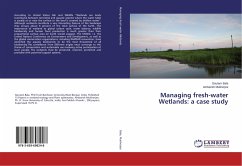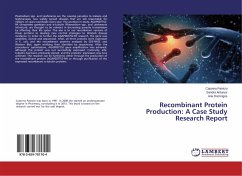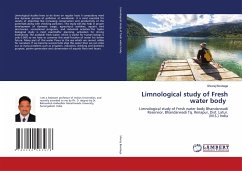
Managing fresh-water Wetlands: a case study
Versandkostenfrei!
Versandfertig in 6-10 Tagen
62,99 €
inkl. MwSt.

PAYBACK Punkte
31 °P sammeln!
According to United States Fish and Wildlife "Wetlands are lands transitional between terrestrial and aquatic systems where the water table is usually at or near the surface or the land is covered by shallow water". Although wetlands constitute a very interesting feature of the landscape they occupy about 6 percent of the total surface of the Earth. The importance of wetland to global carbon cycle, water balance, wildlife biodiversity and human food production is much greater than their proportional surface area on Earth would suggest. The UNCED, i.e. the United Nations Conference on Environme...
According to United States Fish and Wildlife "Wetlands are lands transitional between terrestrial and aquatic systems where the water table is usually at or near the surface or the land is covered by shallow water". Although wetlands constitute a very interesting feature of the landscape they occupy about 6 percent of the total surface of the Earth. The importance of wetland to global carbon cycle, water balance, wildlife biodiversity and human food production is much greater than their proportional surface area on Earth would suggest. The UNCED, i.e. the United Nations Conference on Environment and Development, as well as the global conservation organizations, including RAMSAR convention, have identified the aquatic biodiversity to be the most threatened of all biodiversity.The surveillance from different angles must converge to the theme of conservation and sustainable use involving active participation of local people. The wetlands must be preserved, restored, protected and provided with potential support systems.












